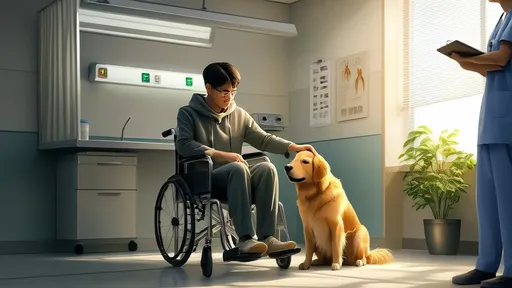In a groundbreaking medical achievement, scientists have successfully used CRISPR gene-editing technology to treat a form of congenital blindness for the first time. This milestone marks a significant leap forward in the field of genetic medicine, offering hope to millions suffering from inherited retinal diseases. The trial, conducted on patients with Leber congenital amaurosis (LCA), demonstrated both safety and efficacy, paving the way for broader applications of CRISPR in treating genetic disorders.
Leber congenital amaurosis, a rare inherited eye disease, causes severe vision loss or blindness at birth due to mutations in specific genes critical for retinal function. Traditional treatments have been limited to managing symptoms, but CRISPR’s precision allows scientists to directly edit the faulty DNA responsible for the condition. The recent trial focused on correcting mutations in the CEP290 gene, one of the most common genetic causes of LCA. By injecting CRISPR components directly into the retina, researchers were able to restore partial vision in some participants.
The success of this trial is particularly remarkable because it represents one of the first in vivo uses of CRISPR in humans—meaning the gene editing occurred inside the patient’s body rather than on extracted cells. This approach eliminates the need for complex cell transplantation procedures, reducing risks and simplifying treatment. Early results showed measurable improvements in light perception and visual acuity, with no serious adverse effects reported. Patients who could previously only perceive hand movements reported being able to see shapes and even read large letters after the treatment.
CRISPR’s potential extends far beyond this single condition. The technology’s ability to target and repair specific DNA sequences opens doors to treating thousands of genetic disorders, from sickle cell anemia to cystic fibrosis. However, challenges remain, including ensuring long-term safety, improving delivery methods, and addressing ethical concerns surrounding human genome editing. Despite these hurdles, the LCA trial provides a compelling proof of concept that CRISPR can be used safely and effectively in living humans.
The implications of this breakthrough are profound, not just for medicine but for society as a whole. As CRISPR therapies move closer to widespread clinical use, questions about accessibility, cost, and regulatory oversight will become increasingly urgent. For now, though, the focus remains on the transformative impact this technology could have on patients who have long been told their conditions were untreatable. The success in treating congenital blindness is just the beginning—a glimpse into a future where genetic diseases may no longer be a life sentence.

By /Jul 25, 2025

By /Jul 25, 2025

By /Jul 25, 2025

By /Jul 25, 2025

By /Jul 25, 2025

By /Jul 25, 2025

By /Jul 25, 2025

By /Jul 25, 2025

By /Jul 25, 2025

By /Jul 25, 2025

By /Jul 25, 2025

By /Jul 25, 2025

By /Jul 25, 2025

By /Jul 25, 2025

By /Jul 25, 2025

By /Jul 25, 2025

By /Jul 25, 2025

By /Jul 25, 2025